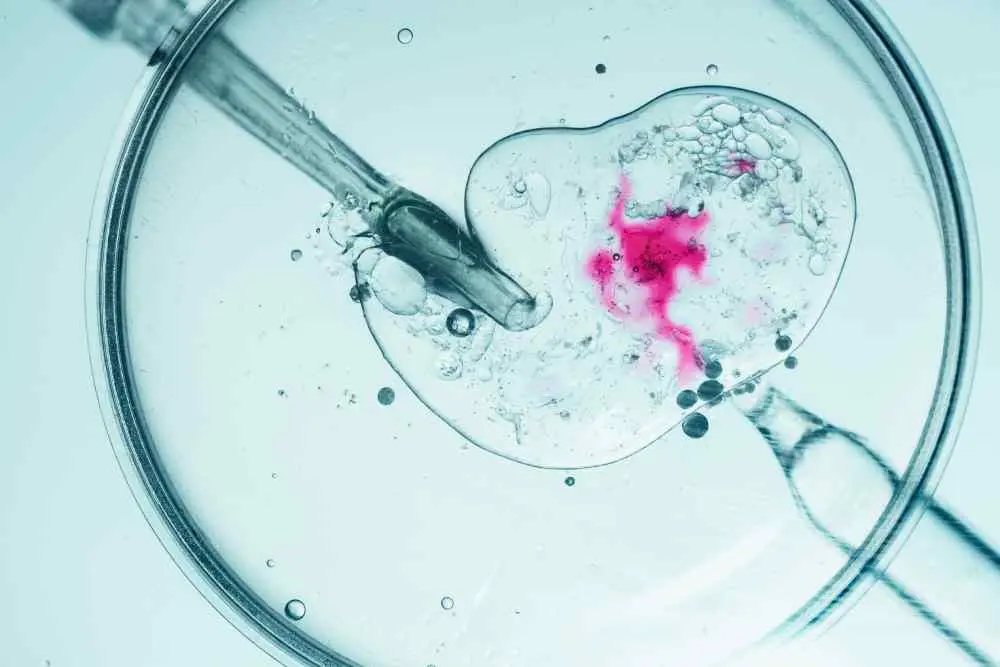

IVF Treatment is another high-tech fertility technique, which assists couples to conceive when they cannot conceive naturally. It is a procedure that entails fusing sperm and eggs in the laboratory and the embryos transferred to the uterus. IVF treatment has given hope to a number of people who experience infertility problems. It is efficient, safe and constantly changing with the emergence of modern medical technologies. IVF has emerged as one of the most effective assisted reproductive methods across the world..
IVF In Vitro Fertilization (IVF) is a reproductive technique whereby an egg and a sperm are fertilized in vitro, that is, in a laboratory. The resultant embryo is then implanted into the womb of the woman to get pregnant. IVF is usually applied in cases where there have been failures in other fertility treatments. It may include the use of own sperms and ovaules of the couple or donor materials. The main idea behind IVF is to make individuals or couples successful in their pregnancy.
IVF treatment is advised to couples that have failed to conceive naturally even after one year of frequent, unprotected sex. It is also recommended when there is obstructed fallopian tubes, extreme male infertility or unexplained infertility. IVF may also be of benefit to women with ovulation disorders or endometriosis. IVF is also indicated in other instances when other fertility measures like ovulation stimulation or intrauterine insemination (IUI) has failed. Moreover, it can be used by people who intend to become pregnant using donor eggs or sperm.
IVF treatment applies to individuals who are medically or genetically and or age challenged in their ability to conceive. The ideal candidates include women whose uterine cases are healthy and men who possess adequate spermic quality. The determinant factors are age, hormone levels and the general reproductive health. IVF can also help same-sex couples and single parents with the help of donors.
Common candidates include:

IVF treatment has a number of planned and accurate medical procedures. It is a procedure that is usually carried out by fertility specialists in a clinic, and that takes several weeks. It starts with the ovarian stimulation in order to retrieve multiple eggs, and then fertilization and egg collection in the laboratory. The embryos formed are observed and implanted to the uterus. Success is then confirmed by doing a pregnancy test.
Main stages include:
IVF treatment largely relies on a number of personal and medical factors that determine the success of the treatment. The most important role is played by age because younger women are more likely to be successful. The quality of eggs, sperms and embryos also have a significant influence. Fertility may be influenced by lifestyle habits like smoking, stress, and body weight. Lastly, technology and experience of the doctor in the clinic are the major factors that lead to success.
The key success factors are:
IVF can be considered to be rather safe, though, as with any medical procedure, there are some risks involved. Such side effects include slight bloating, cramping, and hormonal alterations. Ovarian hyperstimulation syndrome (OHSS) may happen very rarely, as a result of overreaction to fertility medicines. Another complication that may occur is multiple pregnancies particularly in the case of transfer of multiple embryos. Affective stress and anxiety too are widespread throughout IVF journey.
The complications may include:
Success of IVF treatment is dependent on proper aftercare. Following embryo transfer, patients are advised to have some rest and also not engage in vigorous activities during several days. Both a balanced diet and hydration lead to hormonal balance and uterine health. It is important to have regular check-ups and hormonal tests during the subsequent weeks. There is also the role of emotional support and stress management that enhances outcomes.
Aftercare recommendations:
Patients are advised to visit their fertility specialist in order to establish some of the possible causes and schedule a different course of treatment. Better outcome in the subsequent cycle can be achieved with changing medication or more sophisticated genetic screening.
IVF cycle takes around 4 to 6 weeks of ovarian stimulation to pregnancy test depending on the response of the person.
The success rates are dependent on age and clinic, but overall, the success rates are between 40 percent and 60 percent in women younger than 35.
This does not mean that one can give up after the initial few cycles; IVF may be tried many times, provided the health of the woman is good enough.
Majority of clinics prescribe IVF to women who are below 45 years; however, the success rate decreases considerably above 40 years.